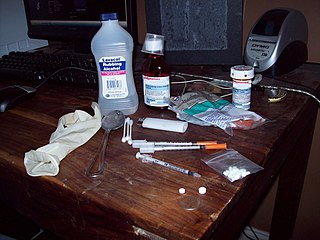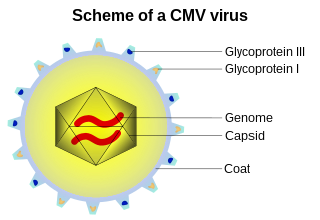Inactivation
Viral inactivation renders viruses unable to infect. Many viruses contain lipid or protein coats that can be inactivated by chemical alteration. Viral inactivation is different from viral removal because, in the former process, the surface chemistry of the virus is altered and in many cases the (now non-infective) viral particles remain in the final product. Rather than simply rendering the virus inactive, some viral inactivation processes actually denature the virus completely. Viral inactivation is used widely in the blood plasma industry.
In order to achieve inactivation of the viruses in the sample, it is necessary to perform "special" purification processes that will chemically alter the virus in some way. Some of the more widely used processes are as follows:
- Solvent/detergent inactivation
- Pasteurization (heating)
- Acidic pH inactivation
In some cases viral inactivation is not a viable removal alternative because even the denatured or otherwise inactivated viral particles can have deleterious effects on the process stream or the product itself.
Solvent/detergent (S/D) inactivation
This process, developed by the New York Blood Center, [9] is the most widely used viral inactivation method to date. It is predominantly used in the blood plasma industry, by over 50 organizations worldwide and by the American Red Cross . This process is only effective for viruses enveloped in a lipid coat, however. The detergents used in this method interrupt the interactions between the molecules in the virus's lipid coating. Most enveloped viruses cannot exist without their lipid coating so are destroyed when exposed to these detergents. Other viruses may not be destroyed but they are unable to reproduce rendering them non-infective. The solvent creates an environment in which the aggregation reaction between the lipid coat and the detergent happen more rapidly. The detergent typically used is Triton X-100.

This process has many of the advantages of the "traditional" removal techniques. This process does not denature proteins, because the detergents only affect lipids and lipid derivatives. There is a 100% viral death achieved by this process and the equipment is relatively simple and easy to use. Equipment designed to purify post-virus inactivated material would be necessary to guard against contamination of subsequent process streams.
S/D treatment utilizes readily available and relatively inexpensive reagents, but these reagents must be removed from the product prior to distribution which would require extra process steps. Because this process removes/inactivates the lipid coating of a virus, viruses without any sort of lipid envelope will be unaffected. There is also no inactivation effect by the buffers used in this process.
Pasteurization
Inactivation of viruses by means of pasteurization can be very effective if the proteins that you are trying to protect are more thermally resistant than the viral impurities with which they are in solution. Some of the more prominent advantages of these types of processes are that they require simple equipment and they are effective for both enveloped and non-enveloped viruses. Because pasteurization involves increasing the temperature of solution to a value that will sufficiently denature the virus, it does not matter whether the virus has an envelope or not because the envelope alone cannot protect the virus from such high temperatures. However, there are some proteins which have been found to act as thermal stabilizers for viruses. Of course, if the target protein is not heat-resistant, using this technique could denature that target protein as well as the viral impurity. Typical incubation lasts for 10 hours and is performed at 60°C.
Acidic pH inactivation
Some viruses, when exposed to a low pH, will denature spontaneously. Similar to pasteurization, this technique for viral inactivation is useful if the target protein is more resistant to low pHs than the viral impurity. This technique is effective against enveloped viruses, and the equipment typically used is simple and easy to operate. This type of inactivation method is not as effective for non-enveloped viruses however, and also requires elevated temperatures. So in order to use this method, the target protein must be resistant to low pHs and high temperatures which is unfortunately not the case for many biological proteins. Incubation for this process typically occurs at a pH of 4 and lasts anywhere between 6 hours and 21 days.
Ultraviolet (UV) inactivation
UV rays can damage the DNA of living organisms by creating nucleic acid dimers. However, the damages are usually not important due to low penetration of UVs through living tissues. UV rays can be used, however, to inactivate viruses since virus particules are small and the UV rays can reach the genetic material, inducing the dimerisation of nucleic acids. Once the DNA dimerised, the virus particules cannot replicate their genetic material which prevent them from spreading.
UV light in combination with riboflavin has been shown to be effective in reducing pathogens in blood transfusion products. [10] [11] Riboflavin and UV light damages the nucleic acids in viruses, bacteria, parasites, and donor white blood cells rendering them unable to replicate and cause disease. [12] [13] [14]




